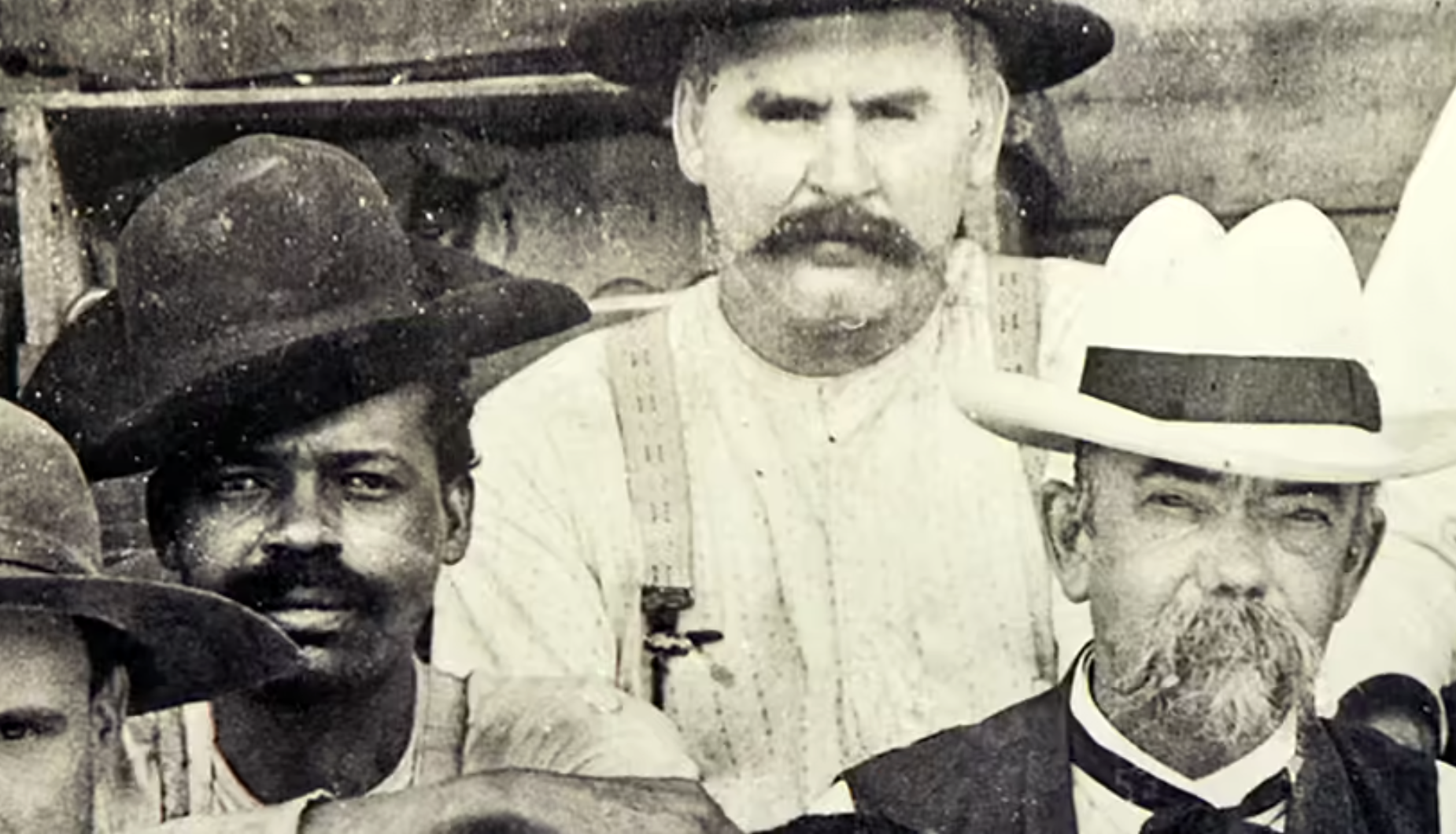Garibaldi and the birth of the Mafia

Sicily 1860. Giuseppe Garibaldi (1807-1882) and his thousand soldiers conquered the island and destroyed the Kingdom of the Two Sicilies. I mean, a thousand red shirts defeated a much more powerful Bourbon army. Such a feat was for many one of the most heroic passages of the union of Italy. But others accuse the extreme officiala of having eaten large numbers of young people; some armed groups on the island joined Garibaldi against those of Bourbon.
These groups were made up of salaried members of the large Sicilian owners, who used violence, extortion and threat to defend the interests of the cacique and fill their pockets. One of the gudaris of Garibaldi, Ippolito Nievo, wrote to his cousin Bice Melzi Gobio, just a month after entering Marsala: “Here the revolution has always been humble or, rather, has never existed.” Neither the broadcasters nor their employees supported the causes of Garibaldi. In fact, the government of King Francis II was quite permissive with the illegal activities of these groups, always assured that they were controlled and that their network would not spread. And the Sicilian lords or capos began to show that they had the instinct to squeeze out the situations.
By the expulsion of the Bourbons, Garibaldi did not take the trouble to fulfill the power vacuum. The leader went to Rome and decided to adopt the Vatican that defended the French troops. But the king of Piedmont, Victor Manuel, did not want to complicate the conflict, because by confusing the Pope and France, he feared losing what had been achieved so far. And he stopped Garibaldi's attack. On October 26, 1860, Victor Manuel II was recognized as king of Italy.
According to the Sicilian historian Giuseppe Carlo Marino in his work Storia della Mafia (1998), Garibaldi “did not walk very thin in the choice of moral gifts and the moral background of Sicilian followers”. And he left Sicily in the hands of those persecutors.
In a few years the network of favors, fears and influences in the churches, municipalities and businesses of the island spread. The Sicilian Mafia was a well-organized structure before the end of the 19th century and hit the first major blow on February 1, 1893, when it killed the banker and politician Emanuele Notarbartolo. In the newly born Italy, Lo nostra began to take its first steps.
Tennessee (United States), 1820. The slave Nathan Green is born, known as Nearest Uncle or Nearest Uncle. We do not know exactly when he was born and, in general, we have very little data about him until 1863, when he achieved emancipation. We know that in the late 1850s Dan... [+]
London 1928. At the Victoria and Albert Museum there was a very special painting: in the painting there is a black man, with wig and Levite, surrounded by books and scientific instruments. Thus it was catalogued in the Museum: “Unique satirical portrait representing a failed... [+]
Washington (EE.UU. ), 1807. The US Constitution banned transatlantic slave trade. This does not mean that slavery has been abolished, but that the main source of the slaves has been interrupted. Thus, slave women became the only way to “produce” new slaves.
So in 1845, in... [+]
Knustrup (Danimarka), 1546ko abenduaren 15a. Tycho Brahe astronomoa jaio zen. Besteak beste, Kopernikoren Ilargiari buruzko teoria hobetu zuen, errefrakzioei buruzko lehen taula osatu zuen eta Johannes Keplerren irakaslea izan zen.
Beraz, astronomiaren alorrean egindako... [+]
Frankfurt, Germany, 1901. The psychiatrist and neurologist Alois Alzheimer first saw the patient Auguste Deter. The 51 year old German housewife was a strange case. "The patient is sitting and seems unprotected," Alzheimer said: "What's your name? Auguste. What is your husband's... [+]
London, 10 March 1914. Mary Raleigh Rochardson (1889-1961), suffragist and WSPU member, entered the National Gallery with a knife in the dress. When he reached the height of Diego Velázquez's famous Mirror Venus, he stabbed the canvas seven times until he was arrested by... [+]























